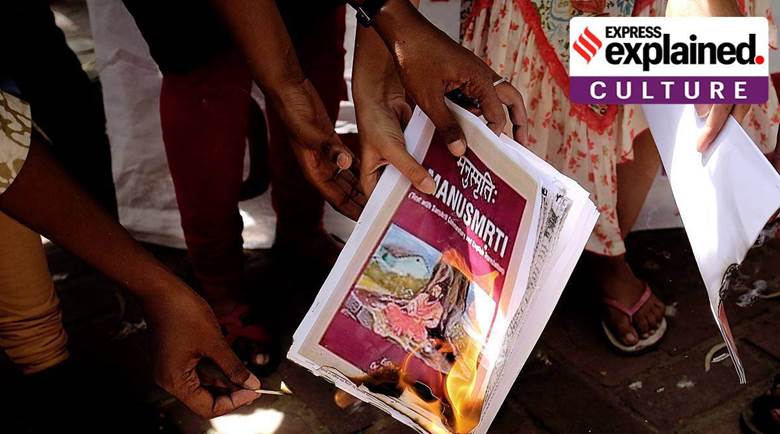Free Courses Sale ends Soon, Get It Now


Free Courses Sale ends Soon, Get It Now



Copyright infringement is not intended
Context: The Vice Chancellor of Jawaharlal Nehru University, Santishree Dhulipudi Pandit, recently criticised the Manusmriti, the ancient Sanskrit text, over its gender bias.
Details:
What is Manusmriti?
What is the text about?
What is its significance?
Why is it controversial?
© 2024 iasgyan. All right reserved